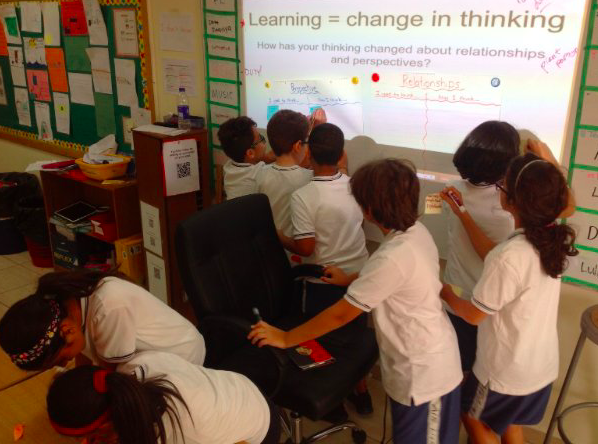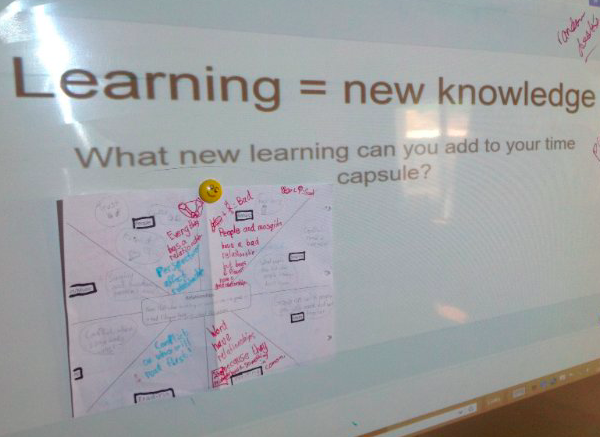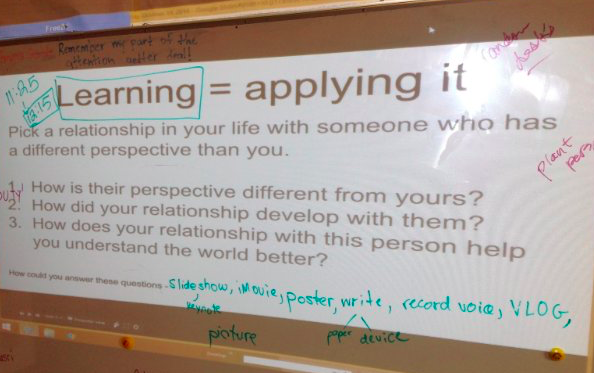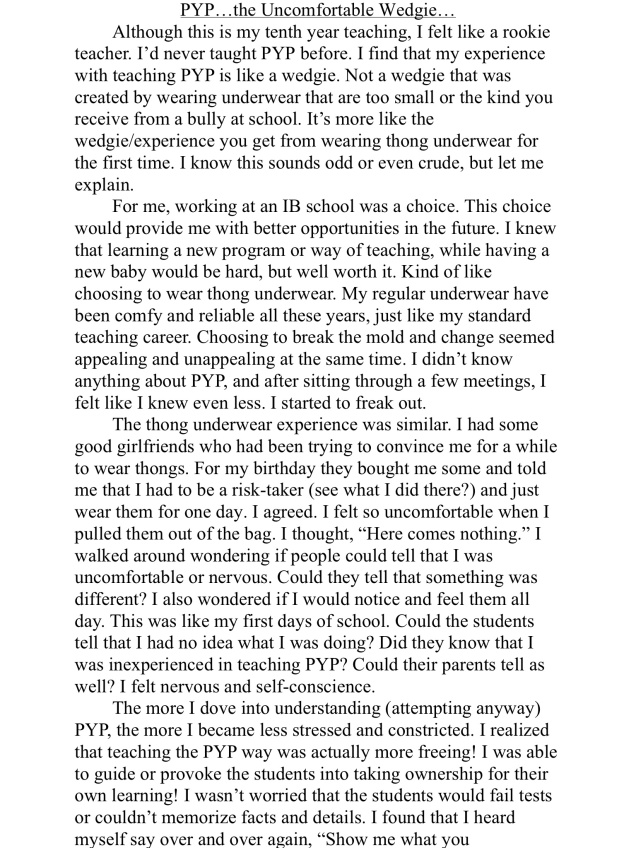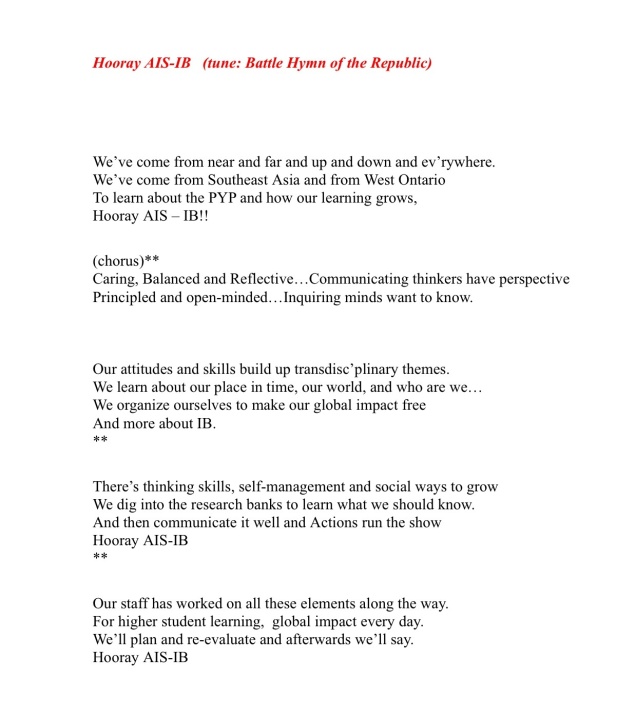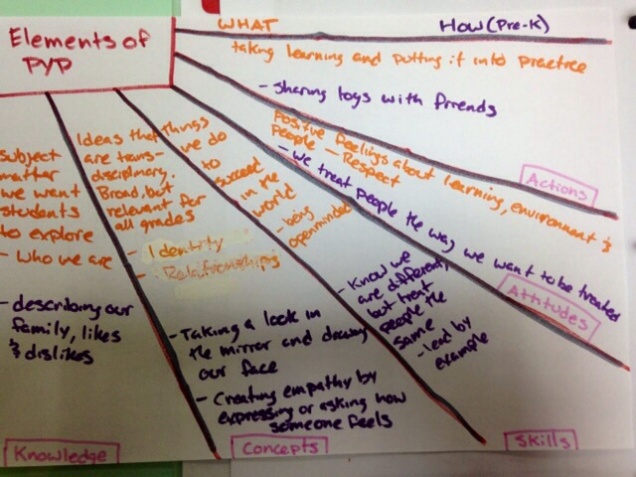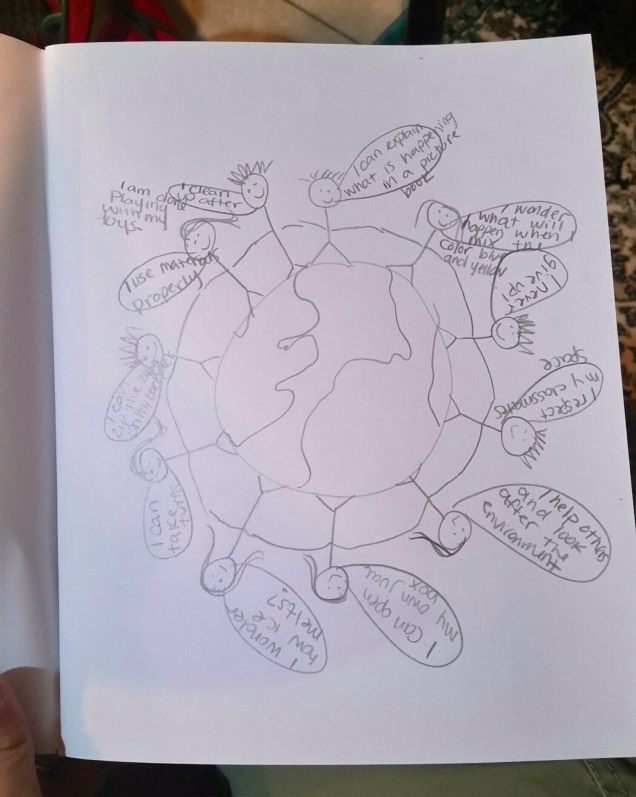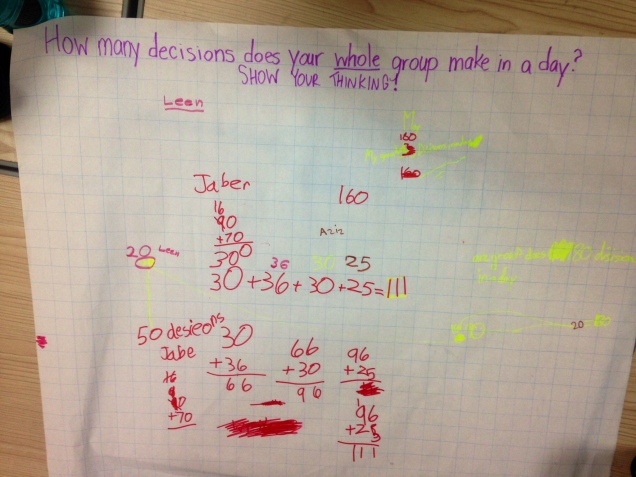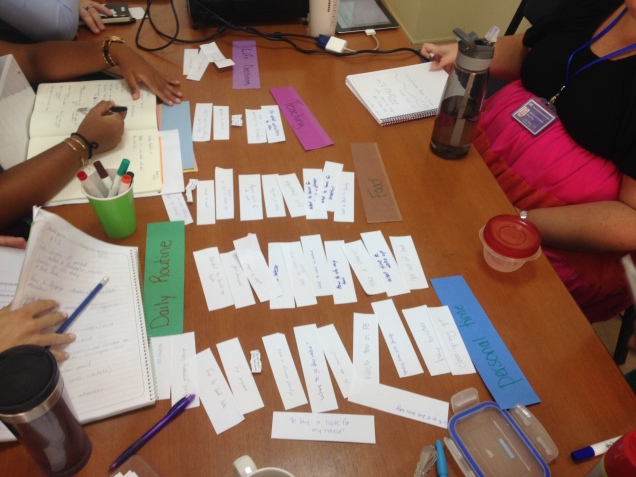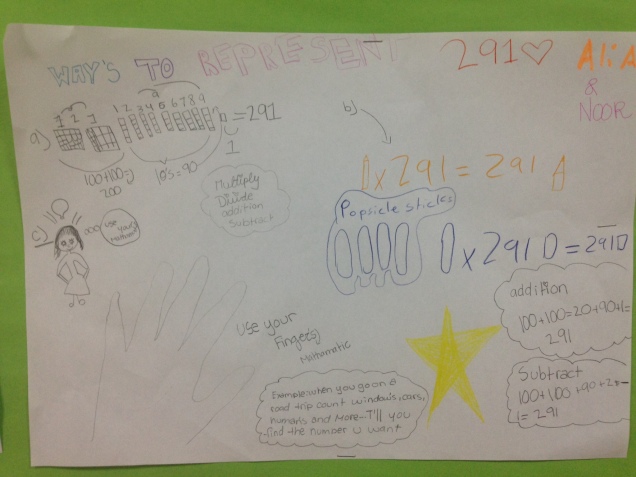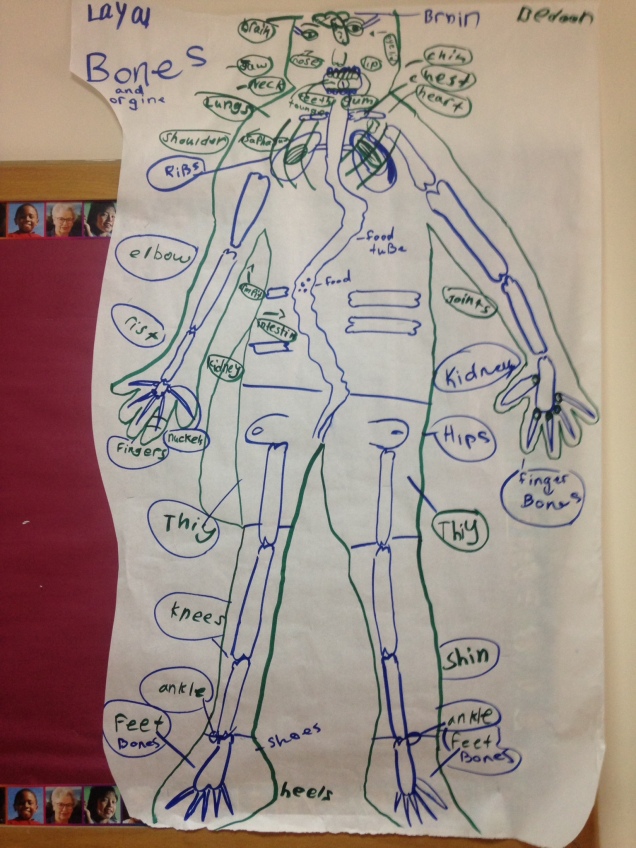This is a story of hypocrisy and empathy.
If there was a voice recorder in my classroom this year, more than anything else, you would hear me urging my students to document their learning.
At the beginning of the day…
“Don’t forget to document your learning!”
Throughout the day…
“Are you documenting your learning?”
“You should document that!”
“You’re missing it! Something awesome is happening… capture it!”
At the end of the day….
“Did you document your learning today?”
“Did you capture what you did? How you did it? How you felt about? What you learned? How you learned? How you felt about your learning?”
I had workshops about stronger documentation of process and growth

We developed success criteria for strong documentation of learning

I shared exemplars of strong documenting of learning
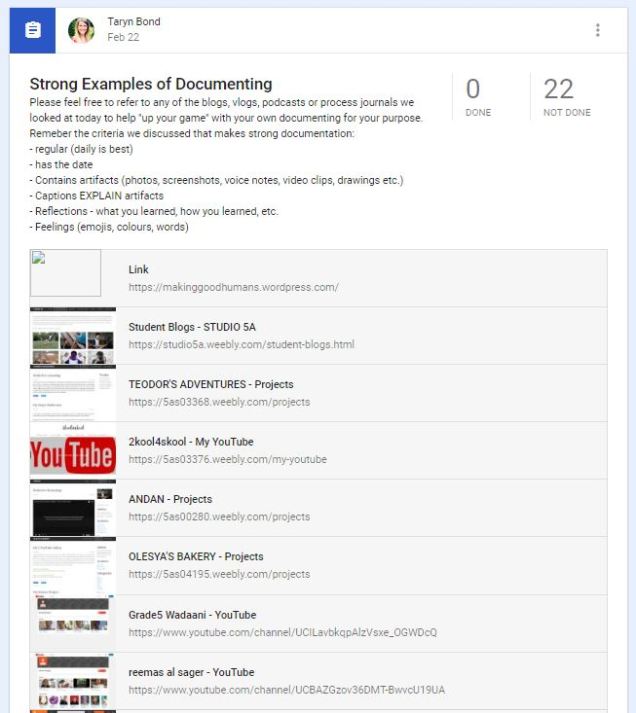
I was obsessed with having them document their learning. And, I would bet that I am no different from any educator who is striving for more learner agency, yet still working in a fairly mainstream system. There seems to be some unwritten agreement that – yes, we will transfer ownership of learning back into the hands of the students… but only as long as they document it all to prove that it is happening.
And then it happened… hypocrite moment #1
We were all sitting around at a weekly team planning meeting at the beginning of March and realized that we had neglected to document our learning journey. The blog that was set-up with the specific purpose of allowing us to capture what we were doing, how it was going and what we were learning from it… was blank.
Even though we knew about it.
Even though we all saw value in it.
Even though we had weekly reminders to document and capture our journey.
Blank.
This really got me thinking! It wasn’t that learning hadn’t happened. We had all experienced so much personal and professional growth. And it wasn’t that nothing worth capturing had happened. The previous 7 months were full of risk-taking, new initiatives, testing out new ideas, reflective conversations, multiple iterations….
It just wasn’t “documented”.
And there were perfectly acceptable reasons as to why:
We were busy.
It wasn’t the top of the priority list.
We we’re so “in the thick of it” it was hard to step back from it to document it.
And here comes empathy moment #1. As I reflected on the reasons we were identifying for our lack of documenting, I realized these were likely some of the same reasons my students had for their lack of documenting.
Then came hypocrite moment #2
At the beginning of the year we were sent out a Google Slides template with 12 slides based on specific professional criteria. We were told to document our professional learning and growth throughout the year, by populating the slides with artifacts and explanations.
We were reminded to continuously update it.
We were reminded to “capture” our growth and progress.
And 3 days before my end of the year appraisal meeting with my administrators…. guess what? Completely blank.
Again, it wasn’t that I hadn’t experienced any professional growth. It wasn’t even that I hadn’t documented it somewhere. It was just that I hadn’t documented it there.
And there were perfectly acceptable reasons as to why:
I already had ways that I captured and documented things that were meaningful and relevant to me.
I was already comfortable with certain platforms (my blog and Twitter) that I updated on an ongoing, organic basis
I was more internally motivated to document and capture my journey for my own reflective purposes, rather than for an external source of accountability.
Again, all perfectly acceptable reasons. Again, likely the same reasons my students hadn’t been documenting either.
(I got it done, of course. I did what I’m sure my students do when their documenting is “due” for review. I went back through and filled it in retrospectively.)
These two moments, connected to my own practice of documenting learning – when I document, how I document, why I document, how often I document – really gave me some food for thought about how I was approaching documenting with my students.
…
Everyone knows the philosophical conundrum:
If a tree falls in the woods and no one is around to hear it, does it make a sound?
I wonder if a similar question holds true for documenting:
If learning happens and it is not documented, did it happen? Does it count?
The more I got thinking about this, the more I was reminded of a tweet that I saw a while ago from @AnneVanDam1996

So, before we ask (force?) our students to document their learning, I think we first need to ask ourselves:
What is the purpose of documenting learning?
Who is it really for? Who should it be for?
Does everything learned need to be documented?
How often and in-depth am I documenting my own learning?
How different does it feel to document for my own purpose versus when it is mandated by someone else?
… and what might this all have to do with what we are asking of our students?
I have no answers. Just lots of questions. And lots of empathy….













